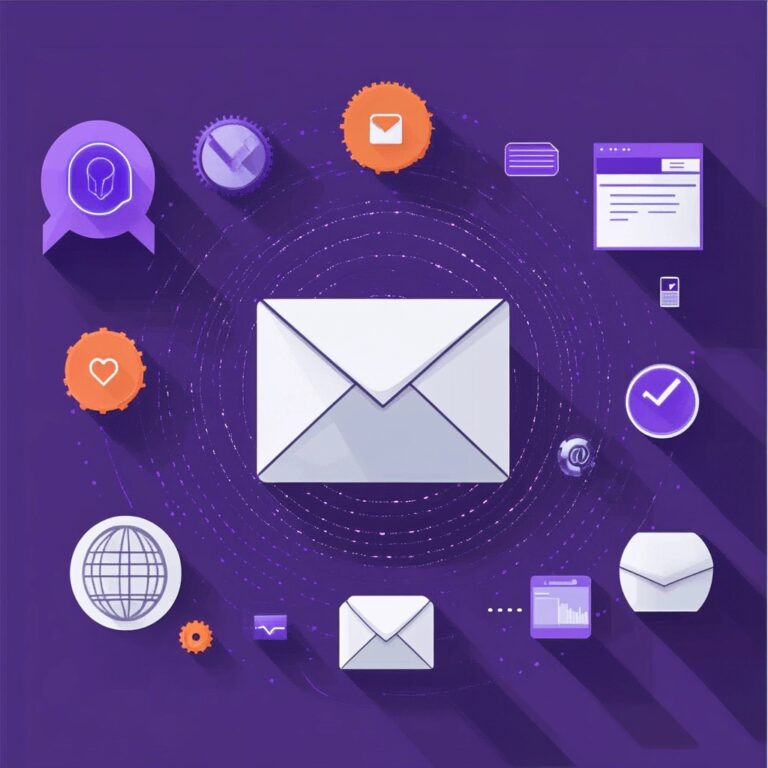Behind every purchase is a story. What was it that drove a particular customer to buy a certain product? Was it a well-placed ad? A timely blog post? Or perhaps the product just happened to be in the right place at the right time. Whatever the answer, the driving forces behind every purchase are what modern marketers refer to as the buyer’s journey—the study of the process that turns a prospect into purchaser.
The buyer’s journey consists of three stages:
- Awareness: The buyer has a problem or desire and they may or may not be aware of a solution or product that can fulfill those needs.
- Consideration: The buyer considers the available options to satisfy their problem or desire and often researches which solution or product would best fulfill their needs.
- Decision: The buyer decides whether or not to buy the solution or product.
While each of these stages impacts the overall result, awareness typically doesn’t get the fanfare it deserves. Marketers may choose to instead focus heavily on the consideration and decision part of the journey as they are more closely linked to the bottom line—but that doesn’t mean awareness is any less important to the overall process.
The introductory stage of the buyer’s journey is where marketers build the foundation for campaigns, where you get to truly understand your target market and what it is they’re looking for. But before I jump too far ahead, let’s discuss what the awareness stage is and why it’s a complex and necessary part of the buyer’s journey.
What Is The Awareness Stage?
The awareness stage of the buyer’s journey is complicated. Not only does this include your prospect’s current level of awareness in terms of their own problems and desires, but it also encompasses how aware that prospect is with your specific brand or products.
Related: How to Deliver Value at Every Stage of the Customer Journey
Essentially, when you define and generate prospect awareness you’re carving out a path for buyers. You need to determine where they are in the journey and then lay the brickwork that will take them from consideration to decision. Understanding your prospect’s level or awareness will then drive every other aspect of your campaign. With this knowledge, you’ll know which types of content or advertisements your target market will respond to and what will ultimately result in a purchase.
Understanding The Complexity Of Awareness
In order to lay a solid, sturdy path for your prospects, you need to know their current level of awareness and find ways to connect it to your product.
Here are the most common stages of awareness that a prospect experiences:
- Unaware: At this stage a prospect has no familiarity with your brand or your product and is not even consciously aware of their own problem or desire for the product (even though it exists).
- Slightly aware: At this stage, a prospect is aware they have a certain problem or desire for the product, but they are unaware that a solution exists and do not have any familiarity with your product or brand.
- Mostly aware: At this stage, a prospect is aware of a certain problem or desire and is aware a solution exists but they are unfamiliar with your product or brand.
- Very aware: At this stage, a prospect is aware of a certain problem or desire, they know about your product, understand your product presents a solution and, ultimately, they want your product but, for whatever reason, they have not purchased it yet.
It is imperative for you to determine where your target market is in terms of awareness levels. Understanding this aspect will dictate the types of campaigns and advertisements your prospects will respond to.
So, how do you gauge your target market’s level of awareness? The answer you’re looking for can often be found in your company’s data. In fact, two years ago Zappos used some interesting data to drive a particularly effective awareness campaign. The company discovered the highest concentration of their most loyal customers lived in the college town of Hanover, New Hampshire. And since a major part of the Zappos brand is delivering positive experiences and excellent customer service, the company decided to play Santa’s helpers one cold December night, delivering 1,900 boxes to every Hanover resident (not just their customers).
From an awareness perspective, let’s break down how this campaign was a success:
- Using data, the company identified and defined a segment of very aware prospects.
- Knowing that loyal customers are already familiar with the company, Zappos used the good-will and giving spirit of the holiday season to remind these customers about the brand.
- The stunt created a rippled effect that went past the loyal customer base, affecting prospects who received gifts solely because they happened to live in Hanover. These prospects may not have been Zappos customers, but this type of awareness campaign was sure to leave an impression.
- The ripples of this campaign extended even further when this story made national news.
What Happens When Awareness Is Skipped?
When the awareness stage of the buyer’s journey is not addressed or developed, you’re essentially using cold calling tactics on your prospects. And if you’ve ever had firsthand experience dealing with a telemarketer you know this approach has limited (if any) results.
According to a research report released by the Keller Research Center, only 28% of those cold called will engage in conversations, while a study Keller conducted at Baylor University in 20916 revealed only 1% of cold calls convert into appointments.
Related: What is a Marketing Funnel?
So, what is it about cold calling that turns customers off? It takes the customer from 0-60, asking them to consider your product with no context. This is like expecting a harvest when you never bothered to water the seeds. Sure, there is a chance it could work, but the chances are low.
On the other hand, when you focus on building awareness with your prospects, you are essentially warming up and nurturing potential leads. DemandGen reports that, on average, nurtured leads result in a 20% increase in sales opportunities versus non-nurtured leads. Defining your prospects current level or awareness and then working on awareness campaigns that speak to where they are in the journey will ensure a much smoother course of action to the intended destination—aka, the sale.
Building Awareness At Every Level
Once you’ve established your target market’s level of awareness, you can start to build out campaigns that will bridge the gap between their needs and your products. Here are a few ideas on how to build out a campaign around each level of awareness:
- Unaware: Be a thought leader. For the unaware target market, you might want to consider warming them up with well-place and timely thought-leadership pieces. This is not the type of market you want to push into a sale. You need to first get them familiar with the problem or desire (they may not even consciously know they are struggling with this) and create a content or ad strategy around how your product can solve their needs. The type of content you create should indirectly lead back to your brand.
- Slightly aware: Be the solution. For this type of target, you want to make sure your content is SEO optimized with search terms or phrases that deal with your prospects problem or desire. If they are actively looking for solutions to their problem or need, you want to use this opportunity to familiarize them with your brand.
- Mostly aware: Provide all the details. You want to sell the benefits of your company to this particular prospect. Your website should be stocked with case studies, white papers, reports, and analysis. You can even deliver this type of content to this target via a lead nurturing campaign, but be sure to not go heavy on the sale or call to action.
- Very aware: Offer value. Jumping back to the Zappos Santa’s helpers’ example, this target market needs to be reminded of your brand and guided into reasons as to how you can help them address their problem or desire.
At every level of awareness, you can craft content, ads, and campaigns that will nudge your prospect further along on the buyer’s journey. There is a seemingly endless amount of ways you can produce an effective awareness campaign, but you need to learn as much as possible about your target first.
Wrapping up
While it may not be as glamorous as the consideration or the decision stage, awareness is an invaluable piece of the buyer’s journey. The more a company or brand puts into researching, understanding, and nurturing this part of the process, the more likely they’ll set up the types of campaigns that will result in ROI.








